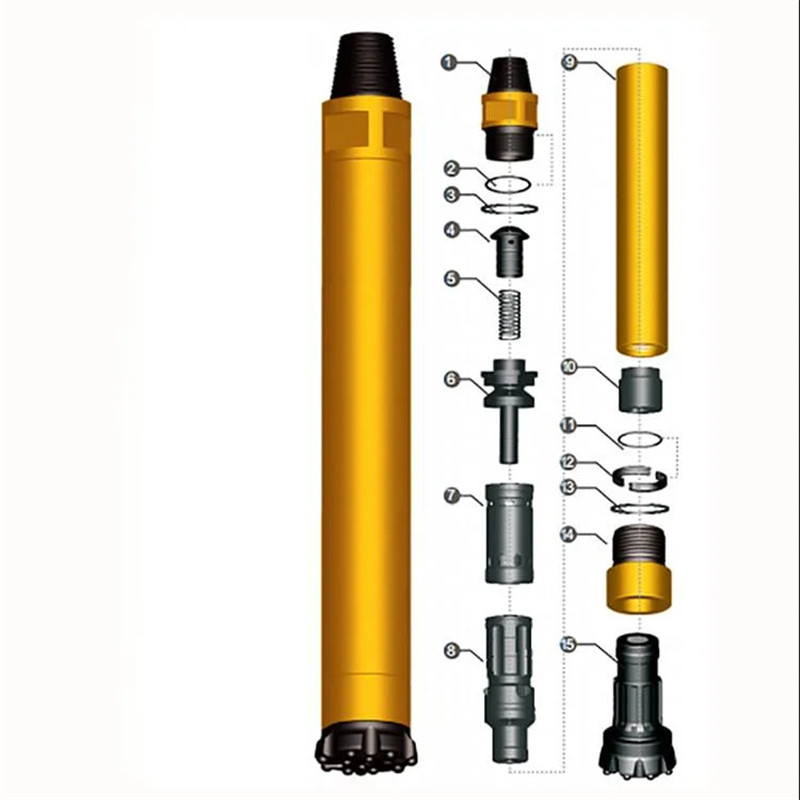Factors affecting the life of drill pipe mainly include the following aspects.
Material quality: The material strength and toughness of drill pipe directly affect its wear resistance and fatigue resistance. Drill pipes made of high-quality alloy steel or high-strength steel usually last longer.
Drilling speed: Excessive drilling speed can lead to overheating and increased wear of the drill pipe.
Feed rate: Improper feed rates may cause the drill pipe to bend or break.
Geological conditions: Geological hardness, soil type and rock properties affect the wear of drill pipe. Hard rock or gravel layers can accelerate the wear of drill pipe.
Lubrication and cooling: Inadequate lubrication during drilling can cause the drill pipe to overheat and affect its strength. Suitable coolant reduces wear.
Operational techniques: Improper operational techniques (e.g., severe twisting or impact) can lead to damage to the drill pipe. The experience and skill of the operator has a significant impact on drill pipe life.
Fatigue and cyclic loading: Repeated use and cyclic loading over long periods of time can lead to material fatigue and increase the risk of fracture.
Drill bit selection: The type and quality of the drill bit also affect the distribution of load on the drill pipe, which in turn affects the wear of the drill pipe.
Maintenance: Regular inspection and maintenance of drill pipes and timely replacement of damaged parts can effectively extend the service life of drill pipes.
By reasonably controlling the above factors, the service life of drill pipes can be effectively extended, and the efficiency and safety of drilling operations can be improved.

Comments
Post a Comment